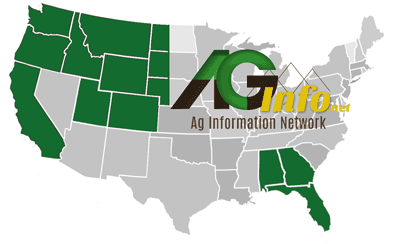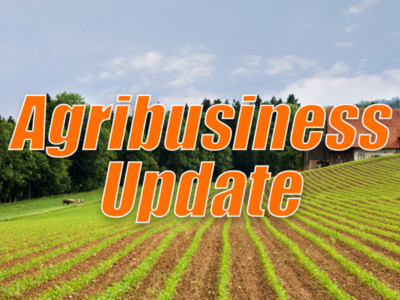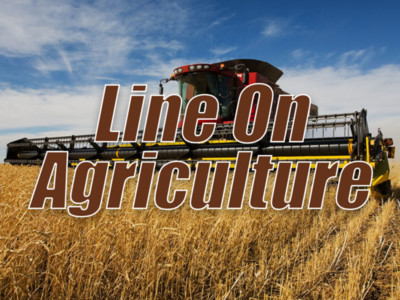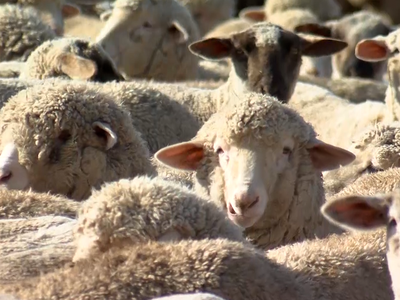Onion Culls
March 15th is the deadline for disposing of cull onions in Ada, Canyon, Gem, Payette, Owyhee and Washington counties, according to Idaho State Department of Agriculture (ISDA) rules.
That means there must be no culls – onions deemed waste or not useable for human consumption – on hand at any packing sheds, infields or at animal feed facilities on the morning of that date. Onions sorted after March 15th must be properly disposed of within one week. Trucks transporting onions should be covered to prevent spillage along roadsides. A civil penalty of up to $10,000 per violation may be enforced under the Plant Pest Act of 2002.
There are several options for proper disposal under the rule, including pit burial, feeding, composting, spreading, chopping and shredding. The ISDA publication "Cull Onion Disposal in Idaho" details the various options for proper disposal. The University of Idaho's "Best Management Practices for Pit Disposal of Cull Onions" (publication CIS 1064) is referenced in the rules and is available through the University of Idaho Extension Service.
Jared Stuart, Agricultural Section Manager for the ISDA's Division of Plant Industries, said the regulations are aimed at reducing the potential for damage to Idaho's onion crop. "The larval stage of the onion maggot attacks and destroys portions of the onion bulb, providing an avenue for fungi and bacteria to cause bulbs to rot during storage."
The maggot adult flies emerge in April and May and are attracted to the volatile odors given off by sprouting onions and new seedlings. Each onion maggot can destroy up to two dozen seedlings during its two-week lifespan, so crop damage can be substantial. If not properly disposed of, culls serve as breeding and egg-laying sites for the adult flies.
A copy of the cull onion disposal rules, as well as the publication "Cull Onion Disposal in Idaho" and other ISDA rules, can be obtained from the State of Idaho Homepage at:
http://adm.idaho.gov/adminrules/rules/idapa02/0617.pdf
Stuart said that the regulations have been in effect for several years and the program is working well. "We have received excellent cooperation from the onion industry. Let us continue to work together to protect Idaho's onion industry."













